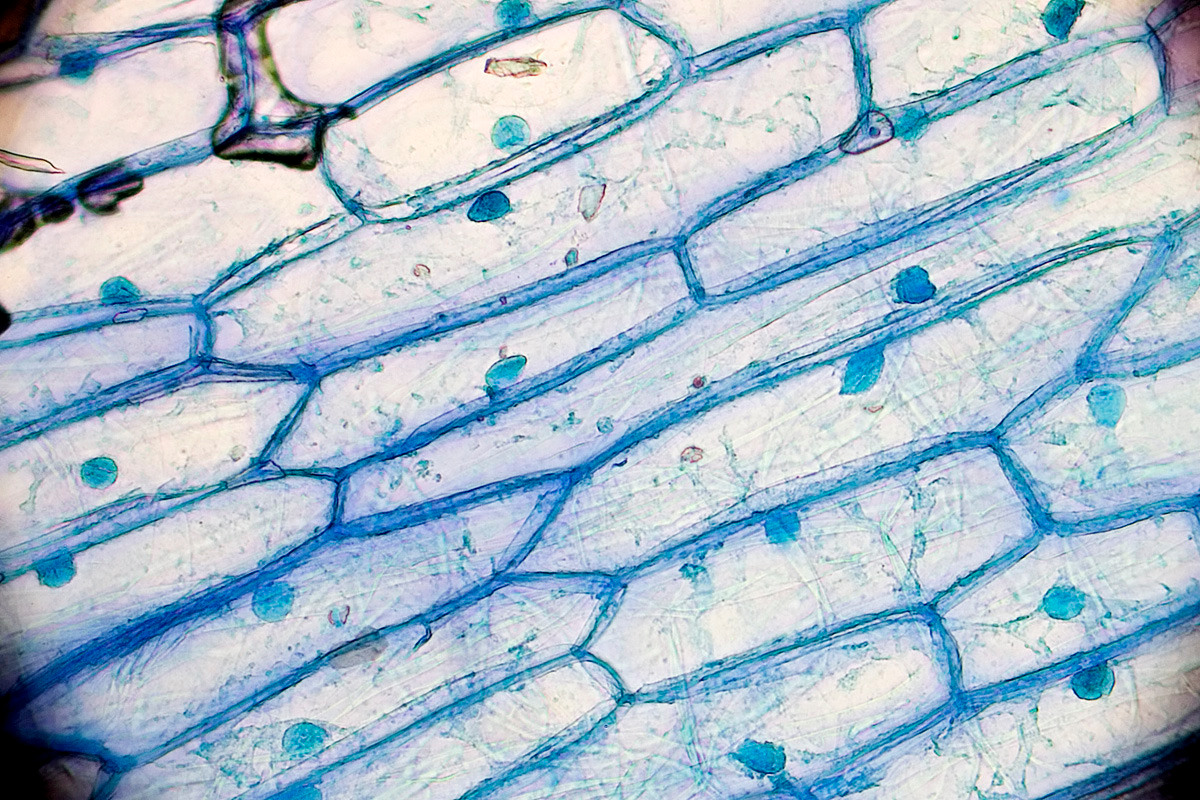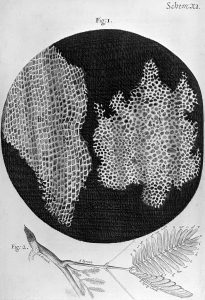
July 18, 2018, by Brigitte Nerlich
Cells and coincidences: Some holiday musings
We are on holiday and I was reading the delightful book by Tim Birkhead, The Wonderful Mr Willughby: The first True Ornithologist. I had bought it because Francis Willughby had connections to Wollaton Hall, a Hall I see almost everyday when I walk to work at the University of Nottingham, where Willughby’s papers are kept.
I loved learning about Willughby and his friend and colleague John Ray. How they fell in love with ‘the new science’ when working at Trinity College Cambridge, just around the end of the Civil War; how they wanted to collect, inspect and order parts of the natural world, such as bird, fishes but also plants and seeds.
Cabinet, drawers, and cells
Then I came across a passage in which Willughby and Ray talk about the design of “a cabinet for a collection of seeds”. Willughby had sent a letter to Ray in Cambridge from Middleton (his family home in North Warwickshire) in early September 1661 and Ray replied enthusiastically (see Birkheard, 2018: 301):
“You mention a Box which you intend for all sorts of fruits and seeds. It must have almost infinite Cells and Divisions to contain all the varieties of Seeds and Fruits. Concerning the order and Method of it you need not my Advice, for I can give you none but what is very obvious, viz. to put those of the same Tribe near together. As for Instance, to have a Drawer with several Cells or Boxes for Nuts, another for Cones, etc. “ (Birkhead, 2018: 87)
Tim Birkhead went to see and photograph this cabinet at Middleton Hall (I think he was the first to do so). He also took photographs of the drawers, boxes, divisions and cells. When I saw the photos, I exclaimed to the consternation of my surrounding family: “Cells! Cells! I wonder whether Hooke saw such drawers, boxes and cells”.
Unfortunately the photos are copyrighted, so I can’t reproduce them here. You have to buy the book. It’s worth it. The drawers within Willughby’s wonderful cabinet of curiosities are artfully compartmentalised, not just into straight boxes but into geometric shapes that reminded me of onion cells (and some cell art – more on that topic here).
I then went to the Oxford English Dictionary to check on the etymology of the word ‘cell’ and found a rather long entry, of course. Within that entry there were two unrelated quotes, one from John Ray and one from Robert Hooke – who is generally regarded as the person who introduced the word cell to biology in his famous Micrographia. (Willughby, Ray and Hook became early members of the Royal Society; Willughby and Hooke in 1663; Ray in 1667)
Back to the OED: Under the meaning “[a]ny one of a number of small compartments or niches into which a larger structure is divided, as a compartment of a dovecote, a section of a drawer or cabinet, a pigeonhole, etc.”, we find “J. Ray Let. 14 Sept. in Corr. (1848) 4 [The box] must have almost infinite cells and divisions to contain all the varieties of seeds and fruits.” The date 1848 is, of course misleading, as the reply to Willughby was probably written in 1661.
Under the meaning “[a]ny of various pores, cavities, or (typically small, air-filled) chambers in the structure of tissues, natural mineral substances, or (now often) man-made” we then find the famous quote from Hooke’s Micrographia, published in January 1665: “These pores, or cells [in cork] were not very deep, but consisted of a great many little Boxes, separated out of one continued long Pore.”
All this made me curious. So I consulted Hooke’s book online (on Project Gutenberg) and searched for the word cell in order to see in what immediate contexts it was used (hoping to find some reference to drawers or cabinets….) In the context of investigating ‘atoms of fire’, he talks about “cells or boxes”. In the context of shells, he talks about “regular cells or caverns”.
In the context of the texture of cork he writes about “Cells and Pores”, but also about “little Boxes or Cells distinct from one another”, and, of course, honey-combs, although at first I couldn’t find the word cell in the vicinity of honey-comb as it was misspelled: “sexangular celts” – which should, of course be “cells”!
 Hook observed that in contrast with cork the pith which fills the stalk of a feather seems to be filled “a congeries of very small bubbles consolidated in that form, into a pretty stiff as well as tough concrete“) and says: “each Cavern, Bubble, or Cell, is distinctly separate from any of the rest”.
Hook observed that in contrast with cork the pith which fills the stalk of a feather seems to be filled “a congeries of very small bubbles consolidated in that form, into a pretty stiff as well as tough concrete“) and says: “each Cavern, Bubble, or Cell, is distinctly separate from any of the rest”.
And finally, when looking at a spider he concludes that “Nature has allow’d to each a large Chest or Cell, in which is included a very large and strong Muscle” – that’s the closest I came to discovering my elusive cabinet 😉 Rather disappointing! But still!
Coincidence number one
Just when I was getting excited about all this and thought ‘Ha, nobody has thought that Hooke might have been inspired by cells in cabinets’, did I look at Twitter, where a discussion was going on about the usefulness or not of metaphors in science/communication.
I said something on the ubiquity of metaphor and that you can’t really avoid it, but that one should always be aware of its limitations end even ethical implications, when Jon Turney tweeted that he was reviewing a book on metaphor and the history of cell biology!! The book is by Andrew Reynolds and entitled: The Third Lens: Metaphor and the creation of modern cell biology. Great title!
I got the book on kindle, as I am away from home and found that the history of the cell metaphor is indeed even more complicated than I thought. You’ll have to read the book yourselves though or wait for Jon’s review to find out just how much. No cabinets though as far as I could make out. So I am probably barking up the wrong tree. But that doesn’t matter. The whole thing was just very interesting.
Coincidence number two
So, trying to forget about all this, I set down with my family in the evening to watch Bladerunner 2049, when I almost fell from the sofa. There was a scene about ‘cells’ and ‘boxes’ and…. Anyway, you can watch a bit here.
And now it’s time to go back to reading The Wonderful Mister Willughby… and then it’s onto The Third Lens!
Image: Onion cells, Wikimedia commons

Coincidence number three: I was online this evening looking to see what Brigitte Nerlich was up to recently because I enjoy her work on metaphor in science when I discovered this blog post (discussing her discovery of my recent book!). I was very interested to learn about Ray and his collection boxes with little cells. Worth exploring more.
I am now reading your book and absolutely enjoy it! It’s right up my street, so to speak. History of science AND metaphor, what can one want more. If you can do anything with the Ray and Willughby cabinet story let me know or, even better, you could contact Tim Birkhead?